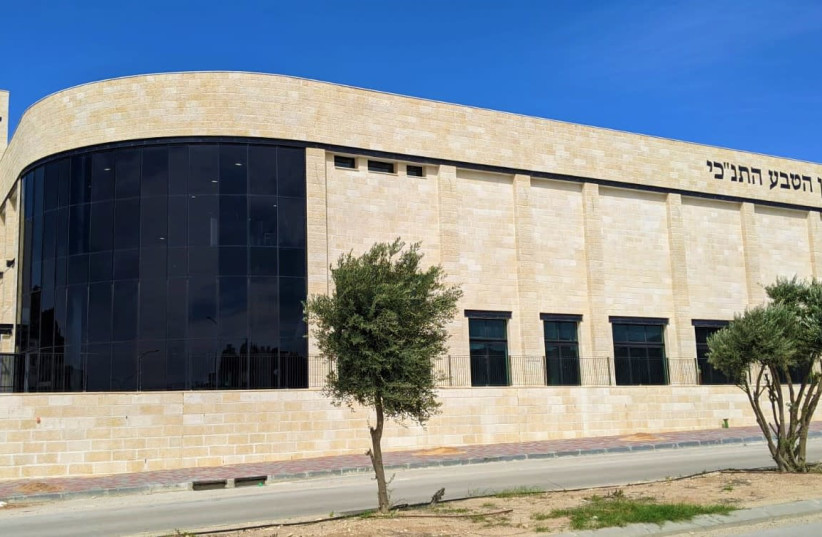Rabbi Dr. Natan Slifkin has been long known in local circles as the “Zoo Rabbi,” but he can now add “Shofar Master” to his résumé.
The Manchester-raised Slifkin is the founder and director of the Biblical Museum of Natural History in Beit Shemesh. His lifelong passion for animals and wildlife grew into researching, for his master’s, animals that appear in the Torah.
He started to expand his vision from having a zoo to creating a museum for all ages, which led him to move to Israel in 1993 and ultimately open up the museum in 2014.
On frequent trips leading Jewish groups to Africa on safari, he began amassing a collection of shofars, which today is thought to be one of the largest collections in the world, with over 50 different types of shofars. They include exotic items like one made from a sable antelope that Slifkin brought back from one of his safari trips to Botswana.
Slifkin’s museum has seen a resurgence since the corona pandemic, with some 160,000 visitors this year, and visits from over 160 different school groups.

The museum has many exotic creatures, such as pythons, bearded dragons, huge tortoises, South American coatis, and even a pair of parrots who can recite blessings in Hebrew.
Many of the critters that have arrived to the museum had been displaced. Because of animal smuggling across borders, many of these animals found themselves in Israel illegally. Authorities have contacted the Biblical Museum of Natural History to see if it could provide a safe space for these animals to be taken care of.
With Rosh Hashanah around the corner, Slifkin led visitors on a tour of the museum’s collection last week.
How to make a shofar
He explained that there is a certain process that takes place in order to make a shofar. When shofars are made, they are first boiled, which helps separate the bone from its keratin shell. A hole is then drilled in the shell on one end, and finally the shell is placed on a spinner, to smooth and polish the shofar.
Slifkin also dived into detail as to what is not a kosher shofar.
The golden rule is that a shofar has to be made from an animal that has a horn. But not all animals’ horns are kosher.
“Cow horns, along with bison, buffaloes, and ox are not allowed to be shofars since they all come from the same family. Cows were the animals that represented the Golden Calf, which ties it with a certain negative symbolism associated with cows in Judaism,” said Slifkin.
Ibex horns can also be used as shofars. These magnificent creatures can be found in Ein Gedi, and the ibex is the current superstar on the Biblical Museum of Natural History’s logo.
Items such as a conch shell and a didgeridoo – a simple wooden tube instrument blown with the lips like a trumpet, which comes from Australia – are not made from a kosher material. Tusks of a narwhal, warthog, rhino; antlers of moose or elk, are also unable to be made into a shofar.
Any shofar that is straight and doesn’t have a curve or a bend cannot be considered a shofar. If the bend is too dramatic and therefore the bone cannot be separated from the keratin shell, then it, too, can’t be made into a shofar.
But with all the various shofars that are kosher on display, one can be blown away, and it’s a pretty sweet way to kick off the new year.
- Museum hours: Sunday-Thursday, 10 a.m.-5 p.m.; Friday, 9 a.m.-noon. Tours are available daily, Sunday-Friday.
- The museum is located on the corner of Hahoshen and Topaz streets in Har Tuv B, across from the main entrance of Beit Shemesh on Route 38.
- Contact: 073-213-1662; https://www.biblicalnaturalhistory.org
